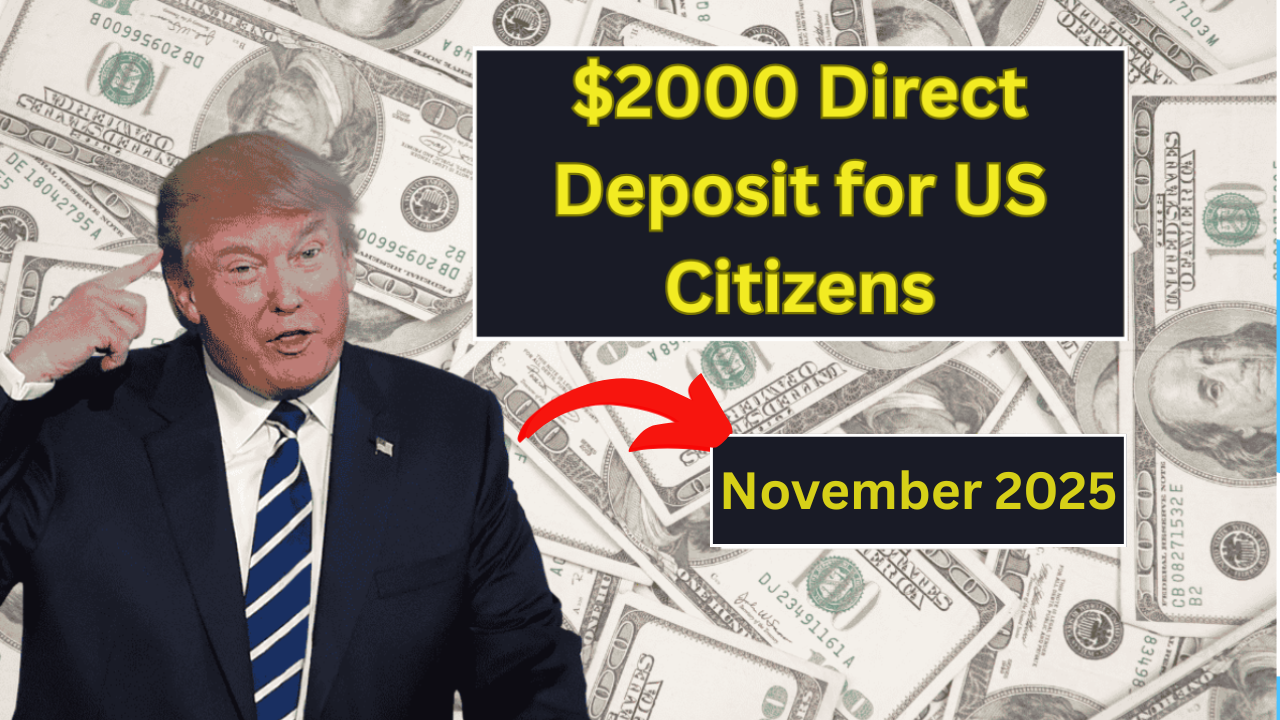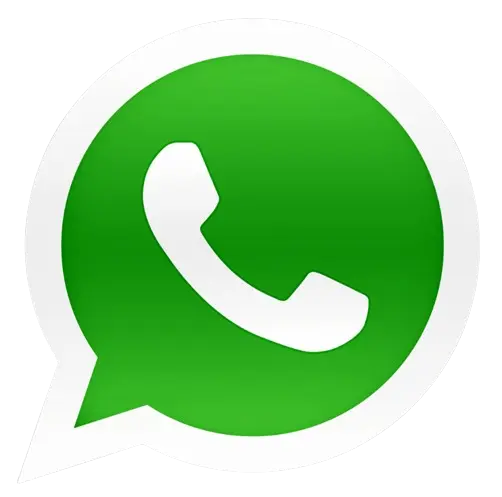$2,000 Direct Deposit:As Americans face the rising costs of everyday living, a new round of financial relief is on the way. The U.S. government has announced $2,000 direct deposit payments for eligible citizens through November 2025, providing vital assistance to millions of families, seniors, and low-income workers. This initiative—part of ongoing efforts to stabilize household finances and boost local economies—is intended to help Americans manage inflation, healthcare costs, and household expenses that have been rising throughout the year.
New US Driver’s License Rules for Seniors – What Drivers Over 70 Need to Know
What is the $2,000 Direct Deposit Program?
The $2,000 Direct Deposit is a federal financial assistance program designed to help U.S. citizens during the current economic uncertainty. This isn’t just another stimulus check—it’s a targeted relief payment for those who need immediate help to cover essential needs like rent, food, energy bills, and healthcare.
While this payment is similar to previous stimulus efforts during the pandemic, this round is part of a larger economic support plan managed by the IRS and the U.S. Department of the Treasury. Payments are expected to begin via direct deposit, with some recipients receiving paper checks or debit cards based on their tax filing details.
Eligibility Criteria for November 2025 Payments
The IRS has outlined specific eligibility criteria to ensure that the funds reach the right individuals. Here’s what makes you eligible:
-
Citizenship or Residency:
You must be a U.S. citizen or legal resident with a valid Social Security number. -
Income Limits:
The payments are designed for low- and middle-income Americans.-
Individuals earning up to $75,000 per year qualify for the full amount.
-
Heads of households earning up to $112,500 also qualify.
-
Married couples filing jointly with combined income up to $150,000 will receive the full $2,000.
-
Partial payments will be issued to those earning slightly above these thresholds.
-
-
Tax Filers:
You must have filed your 2024 tax return (or a simplified return) to ensure the IRS has your latest financial and bank information. -
Dependents:
Adults with dependents — including children, seniors, or disabled family members — may receive additional payments depending on eligibility.
Payment Dates and Rollout Schedule
The IRS has confirmed that payments will begin in early November 2025, and most direct deposits are expected between November 10 and November 21, 2025.
- Direct Deposit Recipients:
Those with valid banking details on file will receive payments first. - Paper Checks and Debit Cards:
These will begin shipping around November 25, 2025, and may take up to two weeks to arrive, depending on the Postal Service.
To avoid delays, individuals are advised to regularly check their IRS “Get My Payment” portal or their online IRS account.
How to Check Your Payment Status
The IRS.gov website remains the official source for all payment-related updates. You can:
- To check if your payment has been processed, log in to your IRS account.
- Use the Get My Payment tool to verify your eligibility and payment method.
- If your banking or mailing address has changed since your last tax filing, update it.
Avoid trusting unofficial sources or random text messages offering early payment—these are often scams. The IRS will never ask for personal details via email or phone.
The IRS has provided instructions for those who don’t file a return.
If you haven’t filed a 2024 tax return but qualify based on income or benefits (such as Social Security, SSI, SSDI, or Veterans Affairs), the IRS will automatically process your payment using your federal benefit records. However, if your address or banking information has changed, it’s recommended that you file a simplified return or update your information on the IRS website before the end of October 2025.
Why this payment is important
For many, this $2,000 direct deposit isn’t just a one-time benefit—it’s a vital lifeline. High living costs, housing shortages, and healthcare expenses have put significant pressure on households across the country. This financial assistance aims to boost consumer confidence and ensure that no family is left behind as the country moves toward greater economic stability.
Final Thoughts
The November direct deposit program is a strong reminder of the government’s continued commitment to supporting American families during difficult times. If you qualify, make sure your tax information is correct and your bank account details are up-to-date.
Whether you’re planning to pay bills, stock up on essentials, or save for the holidays, the $2,000 direct deposit is a timely relief that many Americans are grateful for.
FAQs: $2,000 Direct Deposit – November 2025
Q1: When will the $2,000 payments be sent?
Most payments will begin rolling out between November 10–21, 2025, with paper checks following later in the month.
Q2: Do Social Security and SSI recipients qualify?
Yes. The IRS will automatically send payments to eligible individuals receiving Social Security, SSI, SSDI, or VA benefits.
Q3: Will I get the payment if I didn’t file taxes?
Possibly — if you receive federal benefits or file a simplified return by October 31, 2025.
Q4: How will I receive the payment?
Payments will be made via direct deposit, paper check, or debit card, depending on your IRS records.
Q5: Is the $2,000 payment taxable?
No, the payment is not taxable and does not count as income for federal tax purposes.

